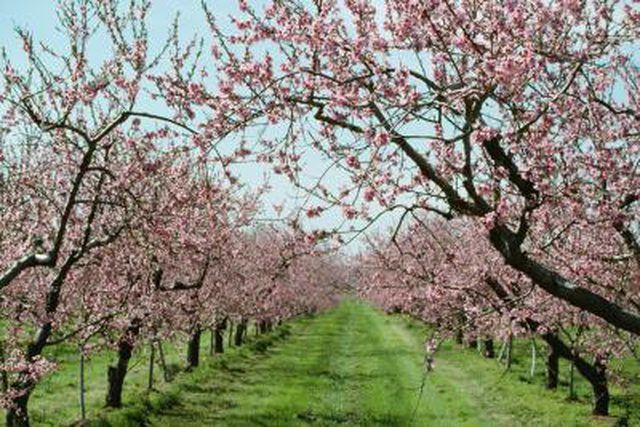Bulbs
Flower Basics
Flower Beds & Specialty Gardens
Flower Garden
Garden Furniture
Garden Gnomes
Garden Seeds
Garden Sheds
Garden Statues
Garden Tools & Supplies
Gardening Basics
Green & Organic
Groundcovers & Vines
Growing Annuals
Growing Basil
Growing Beans
Growing Berries
Growing Blueberries
Growing Cactus
Growing Corn
Growing Cotton
Growing Edibles
Growing Flowers
Growing Garlic
Growing Grapes
Growing Grass
Growing Herbs
Growing Jasmine
Growing Mint
Growing Mushrooms
Orchids
Growing Peanuts
Growing Perennials
Growing Plants
Growing Rosemary
Growing Roses
Growing Strawberries
Growing Sunflowers
Growing Thyme
Growing Tomatoes
Growing Tulips
Growing Vegetables
Herb Basics
Herb Garden
Indoor Growing
Landscaping Basics
Landscaping Patios
Landscaping Plants
Landscaping Shrubs
Landscaping Trees
Landscaping Walks & Pathways
Lawn Basics
Lawn Maintenance
Lawn Mowers
Lawn Ornaments
Lawn Planting
Lawn Tools
Outdoor Growing
Overall Landscape Planning
Pests, Weeds & Problems
Plant Basics
Rock Garden
Rose Garden
Shrubs
Soil
Specialty Gardens
Trees
Vegetable Garden
Yard Maintenance
How to Plant & Take Care of an Elberta Peach Tree
How to Plant & Take Care of an Elberta Peach Tree. Elberta peach trees are a common fruit-bearing tree found in personal gardens. The trees are popular for their fruit as well as the fact that they produce fragrant pink flowers. The peach trees are also surprisingly disease-resistant, making them a resilient addition to your home garden. Elberta...

Elberta peach trees are a common fruit-bearing tree found in personal gardens. The trees are popular for their fruit as well as the fact that they produce fragrant pink flowers. The peach trees are also surprisingly disease-resistant, making them a resilient addition to your home garden. Elberta peach trees require maintenance in order to produce a healthy harvest. If you follow a few simple guidelines, though, you can successfully care for your peach tree and enjoy the fruits of your labor in the harvesting season.
Things You'll Need
Rake
Gloves
Plow
Soil
Shovel
Garden clippers
Choose a location in your garden for your tree. Ensure that the location gets plenty of direct sunlight and has loamy, well-drained soil. The location you choose should also have at least a 25-foot distance from other trees and shrubs. Your peach tree’s roots can expand that entire distance, so you want to make sure it has plenty of room to stretch and does not encounter competition from other plants.
Clear the area of any debris using a rake. You may also need to uproot any weeds and grass that get in your way. Make sure to wear a sturdy pair of gloves if you are going to pull roots out by hand. If the area has the right amount of sun but the soil does not meet the needs of your peach tree, you may consider plowing up the area and adding in some loamy, well-drained soil.
Dig a hole larger than you think you will need to accommodate the root ball of your tree. If the hole is too small, you waste precious time making it bigger while your peach tree is out of its nursery pot. If it is too big, it is a simple matter to fill in the extra space with loose soil. You may want to loosen the soil around the edges of the hole to make it easier for the roots to furrow into the ground.
Remove your peach tree from the nursery pot and examine the roots. Cut away any broken or rotting roots before placing the tree directly into the ground. Make sure it is standing as straight as possible without bending the roots before you start filling in any crevices between the hole’s edges and the root ball itself (you do not want your tree growing crooked). Fill in the areas with soil, but do not pack it too tightly.
Water the tree thoroughly after planting it in the ground. The water helps prevent your tree from going into shock after the transplant and brings soil in closer to the roots. Continue to water the tree twice a month for the first year it is in your garden.
Prune away any diseased branches or growths sprouting low on the tree trunk. Only prune in the warmer months because midwinter pruning can lead to serious winter damage. Mid-February to early March are the best times for annual pruning according to M.E. Ferree and G.W. Krewer of the University of Georgia College of Agricultural and Environmental Sciences.
Tips & Warnings
Choose an overcast, windless day to plant your peach tree. This lowers the chances of your tree going into shock.
Cover the branches with a burlap sack if there is a chance of frost. Peaches do not tolerate frost very well.